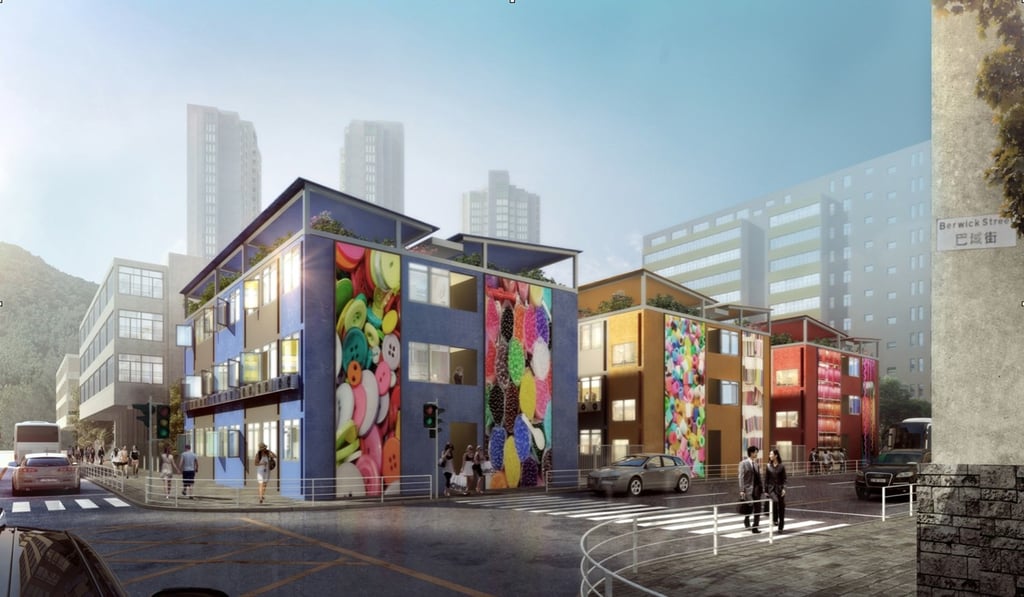Answer to Hong Kong housing crisis lies in prefabricated container homes, says lead consultant on Sham Shui Po project
Rider Levett Bucknall chief Stephen Lai believes HK$35.7 million social housing project could pave way for similar developments

The man supervising Hong Kong’s first social housing project using prefabricated container homes believes it could ultimately be the solution to solving the city’s housing crisis.
Stephen Lai Yuk-fai, the managing director of Rider Levett Bucknall, and lead consultant for the new scheme on Nam Cheong Street in Sham Shui Po, sees potential in the quick and affordable nature of the building technique.
A total of HK$35.7 million (US$4.5 million) has been budgeted for the 90-home project – which is expected to take about a year to complete – with HK$24.8 million set aside for the flats themselves and HK$10.9 million for construction.

That works out at an average of about HK$400,000 per flat, far less than the HK$840,000 average construction cost of non-prefabricated public rental housing.
With an ageing construction labour force, and a five-year wait to get into low-rent public housing, the need to build quickly and cheaply is paramount.